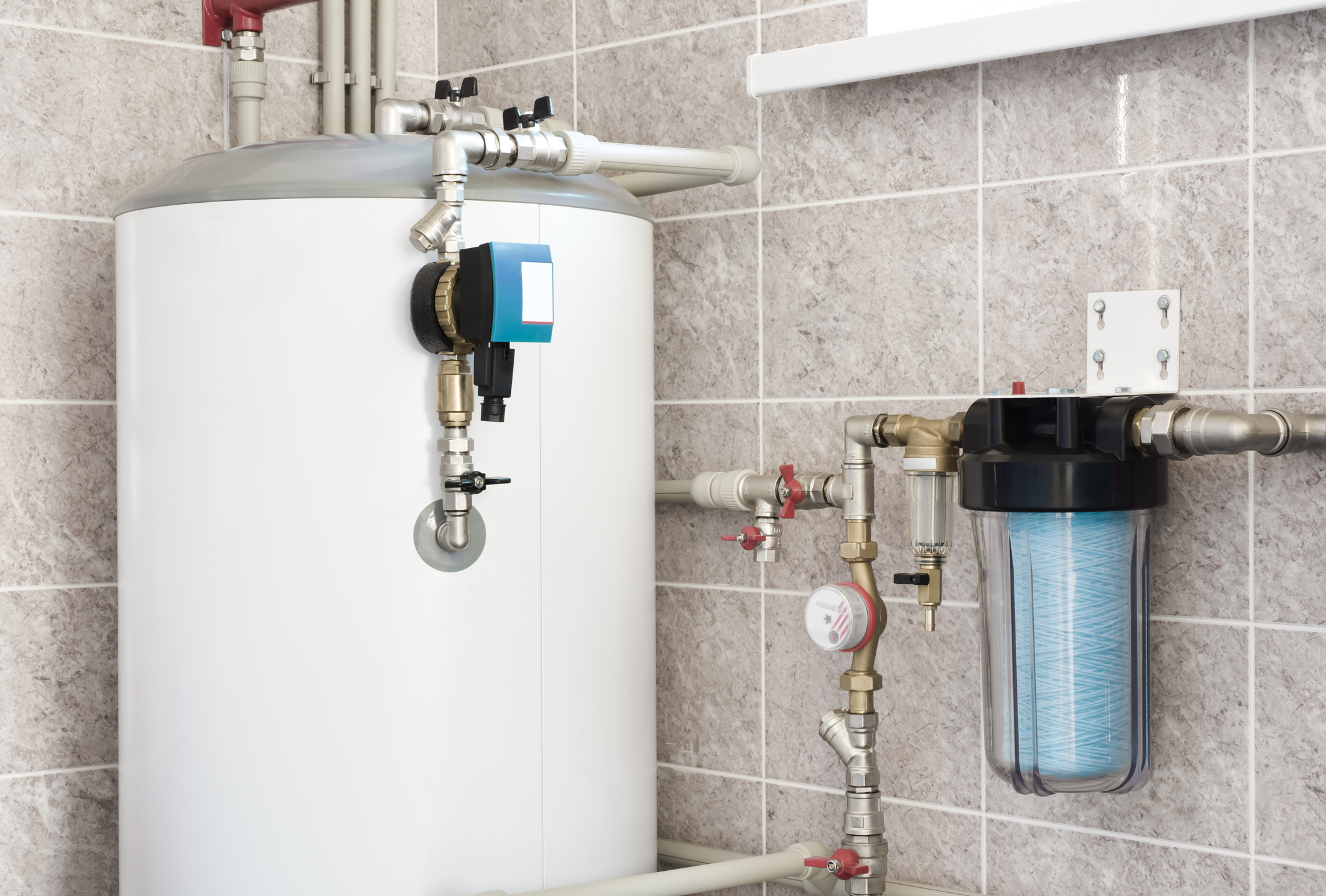Step-by-Step Steps to Caring for Your Home's Hot Water System
Step-by-Step Steps to Caring for Your Home's Hot Water System
Blog Article
We have stumbled upon this article involving How to Maintain Your Water Heater & Prolong its Life listed below on the web and accepted it made perfect sense to write about it with you on my blog.

Warm water is vital for daily convenience, whether it's for a rejuvenating shower or cleaning meals. To guarantee your hot water system runs successfully and lasts longer, normal maintenance is essential. This article supplies sensible suggestions and understandings on exactly how to preserve your home's hot water system to prevent disturbances and costly repair work.
Introduction
Preserving your home's hot water system may seem daunting, however with a few easy actions, you can ensure it operates smoothly for several years to find. This overview covers everything from comprehending your warm water system to do it yourself maintenance ideas and recognizing when to contact expert help.
Significance of Keeping Your Hot Water System
Regular maintenance not only prolongs the life-span of your warm water system but also guarantees it operates efficiently. Overlooking maintenance can cause lowered performance, greater power bills, and also early failing of the system.
Indicators Your Warm Water System Requirements Upkeep
Recognizing when your warm water system requires focus can protect against significant problems. Watch out for indications such as inconsistent water temperature, unusual noises from the heater, or corroded water.
Purging the Hot Water Heater
Purging your hot water heater gets rid of debris build-up, boosting effectiveness and extending its life.
Checking and Changing Anode Rods
Anode poles protect against corrosion inside the container. Evaluating and changing them when broken is important.
Complex Issues Requiring Expert Assistance
Instances consist of major leakages, electrical problems, or if your water heater is constantly underperforming.
Regular Specialist Maintenance Advantages
Expert upkeep can consist of comprehensive assessments, tune-ups, and making certain conformity with safety and security standards.
Examining and Readjusting Temperature Level Settings
Adjusting the temperature settings makes sure ideal efficiency and safety and security.
Do It Yourself Tips for Upkeep
You can perform several maintenance tasks on your own to maintain your warm water system in leading problem.
Checking for Leaks
Frequently examine pipes and connections for leaks, as these can result in water damages and greater bills.
Comprehending Your Warm Water System
Prior to diving right into maintenance tasks, it's practical to recognize the basic components of your warm water system. Typically, this includes the hot water heater itself, pipelines, anode poles, and temperature level controls.
Monthly Maintenance Tasks
Routine regular monthly checks can aid capture small issues before they rise.
Evaluating Stress Alleviation Valves
Evaluating the stress safety valve guarantees it functions properly and protects against excessive pressure accumulation.
Shielding Pipes
Protecting warm water pipelines reduces warm loss and can conserve power.
When to Call a Professional
While DIY maintenance is valuable, some issues require expert experience.
Conclusion
Regular maintenance of your home's warm water system is vital for performance, long life, and cost savings. By adhering to these tips and knowing when to seek expert help, you can guarantee a trustworthy supply of warm water without unanticipated disturbances.
How to Maintain an Instant Hot Water Heater
Before tinkering with your hot water heater, make sure that it’s not powered on. You also have to turn off the main circuit breaker and shut off the main gas line to prevent accidents. Also turn off the water valves connected to your unit to prevent water from flowing into and out of the appliance. 2. When you’re done, you have to detach the purge valves’ caps. These look like the letter “T†and are situated on either side of the water valves. Doing so will release any pressure that has accumulated inside the valves while at the same time avoid hot water from shooting out and burning your skin. 3. When the purge valves’ caps are removed, you have to connect your hosing lines to the valves. Your unit should have come with three hoses but if it didn’t, you can purchase these things from any hardware or home repair shops. You can also get them from retail stores that sell water heating systems. Read the user’s manual and follow it to complete this task properly. When the hosing lines are connected, open the purge port’s valves. 4. You should never use harsh chemical cleaners or solutions when cleaning your unit. Make use of white vinegar instead. It should be undiluted and you’ll probably use about 2 gallons. 5. Now flush your water heater. This task should probably take about 40 minutes. We can’t give you specific directions for this because the procedure is carried out depending on the type, model and brand of your heater. With that being said, refer to the user’s manual. 6. When you’re done draining the unit, you have to turn off the purge port valves again. Remove the hosing lines that you earlier installed on each of the water valves. Put the valve caps (purge port) back in their respective places and be very careful so as not to damage the rubber discs that are found inside these caps. 7. Now that everything’s back in place, check your user’s manual again to find out how to reactivate your water heating system. 8. Once it is working, turn one of your hot water faucets on just to let air pass through the heater’s water supply pipes. Leave the tap on until water flows smoothly out of it. https://www.orrplumbing.com/blog/2014/september/how-to-maintain-an-instant-hot-water-heater/

We had been introduced to that editorial on Tips on Maintaining a Water Heater through a friend on our other site. Sharing is good. Who knows, you may just be helping someone out. I value your readership.
Schedule A Service Report this page